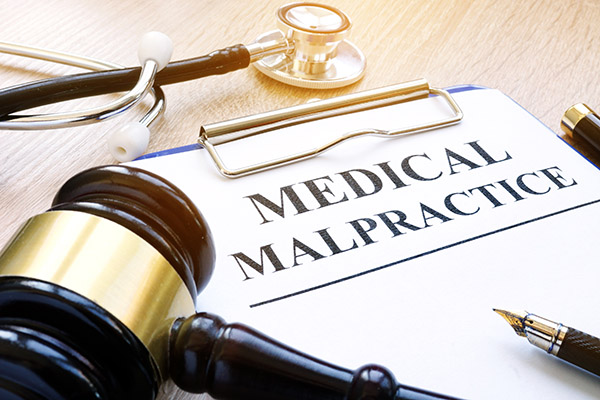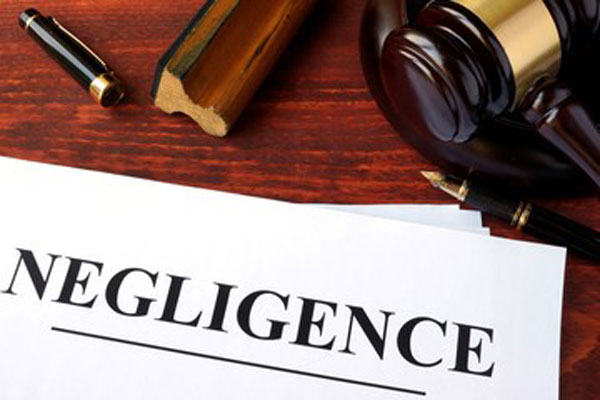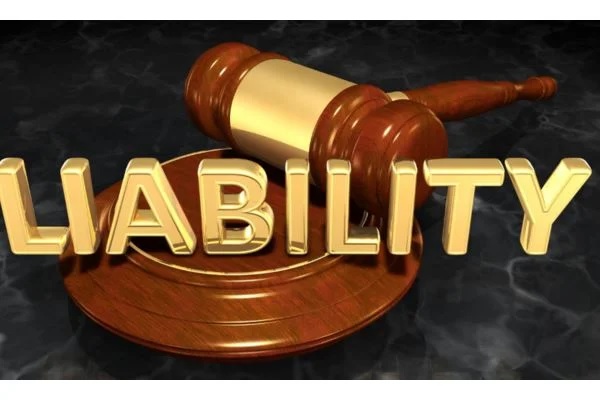Medical malpractice is a term used to describe instances where medical professionals, including doctors, nurses, and technicians, act negligently or provide substandard care to patients. Such negligence can lead to serious consequences, including permanent injury, disability, or even death. Medical malpractice is a serious issue that affects patients and healthcare providers alike.
Consequences for Patients

Patients who are victims of medical malpractice can experience a range of consequences, including physical, emotional, and financial damages. These damages can include:
- Permanent injury or disability
- Chronic pain or suffering
- Emotional trauma, such as anxiety or depression
- Lost wages or earning potential
- Medical expenses, including ongoing treatment and rehabilitation
For many patients, the consequences of medical malpractice can be life-changing. They may require ongoing medical care and rehabilitation, which can be costly and time-consuming. In some cases, they may never fully recover from their injuries or illnesses.
Consequences for Healthcare Providers
Medical malpractice can also have serious consequences for healthcare providers, including doctors, nurses, and hospitals. These consequences can include:
- Legal and financial liability
- Damaged reputation and loss of trust
- Loss of license or certification
- Increased insurance premiums
- Decreased job opportunities
Healthcare providers who are found guilty of medical malpractice may face significant legal and financial penalties. They may also suffer from a damaged reputation and loss of trust from their patients and colleagues. In some cases, they may even lose their license or certification, effectively ending their career in healthcare.
Preventing Medical Malpractice

Preventing medical malpractice is crucial to protecting patients and healthcare providers. Some steps that can be taken to prevent medical malpractice include:
- Improving communication between healthcare providers and patients
- Ensuring healthcare providers have proper training and education
- Implementing quality control measures and protocols
- Encouraging a culture of transparency and accountability within healthcare organizations
- Encouraging patients to be informed and active participants in their own healthcare
By taking these steps, healthcare providers can help prevent medical malpractice and ensure that patients receive the best possible care. Patients can also take steps to protect themselves by being informed and proactive about their own healthcare.
Medical malpractice is a serious issue that can have devastating consequences for patients and healthcare providers. By taking steps to prevent medical malpractice and promoting a culture of transparency and accountability within healthcare organizations, we can work towards ensuring that patients receive the best possible care and that healthcare providers are able to provide that care without fear of legal or financial repercussions.
It is crucial that healthcare providers and patients work together to prevent medical malpractice and promote a culture of safety and quality in healthcare. By doing so, we can ensure that the healthcare system works for the benefit of everyone.







